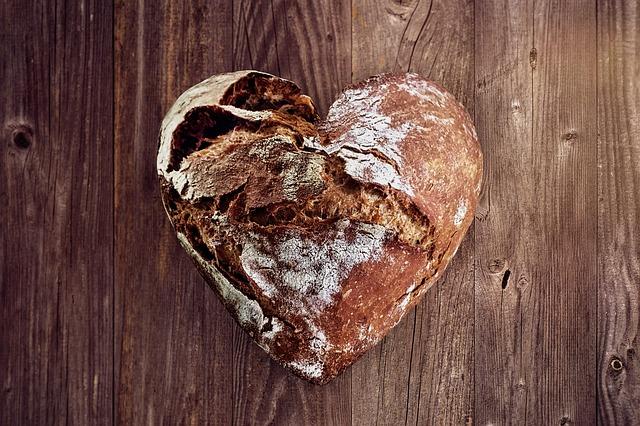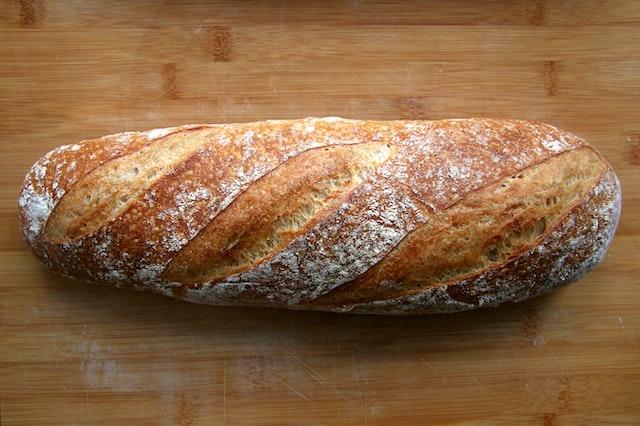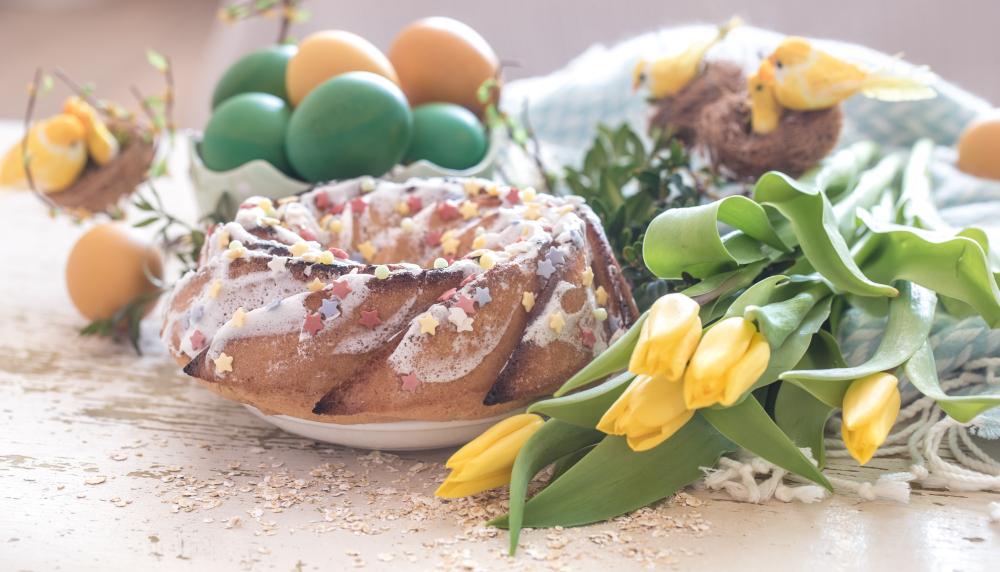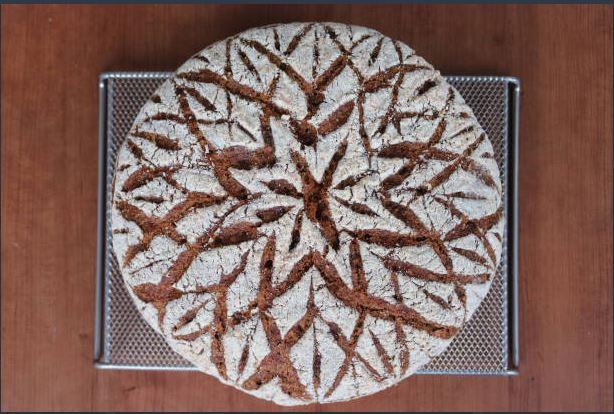Table of Contents
When creating bread art, you are looking for beauty. From the cuts to the color, it needs to be precise. Ever wonder how bakers bring the best colors of the loaf to life?
Bread Art Vegetables: Making the Color
Bread art is all about making the top of the loaf visually appealing. Yes, the scores and cuts help with the design, but if you are looking for more, you need color. Focaccia bread art is particularly known for the designs using colorful vegetables and herbs, but the same principle could be applied to all bread art and offer amazing results.
There are many types of vegetables that can be used for make bread look pretty. The important thing to consider is how will the vegetables look after baking. Will they retain the same color? Are they going to burn during the process? And most importantly, will them become one with the design or will they look placed?
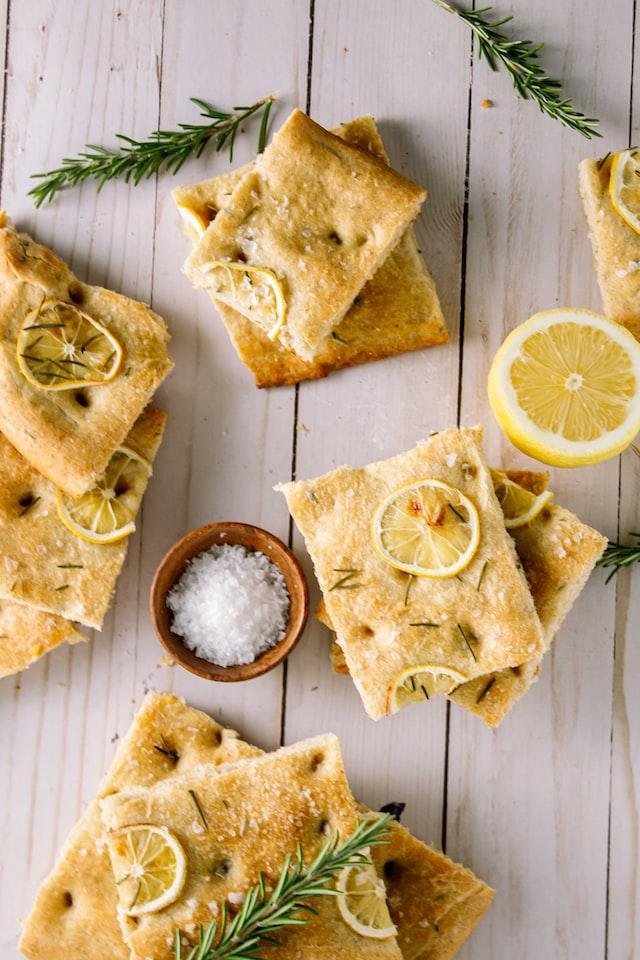
Will the Vegetables Flavor the Bread?
If you are wondering if the vegetables you use will flavor the bread you bake, the answer is complicated. Yes, some ingredients are going to flavor the bread slightly. Others are merely for decoration and will offer little to no taste. This is where trial and error is essential to make the best of your bread art vegetables.
Focaccia Bread Art is The Masterpiece of Vegetables
When it comes to bread art vegetables that seem to fit perfectly on the loaf, look no further than Focaccia bread art. Many so-called garden art pieces are a combination of cuts, vegetables and perfect baking. While it’s totally reasonable to assume this could also be used on any loaf, most bakers don’t try it. However, when they do, they too have a masterpiece coming from the oven!
So you might be wondering what vegetables should you use for making a perfectly visually pleasing loaf? Here is our list of bread art vegetables to try on your next loaf:
- Carrots. Grated, sliced or chopped can add a beautiful orange color to bread and create a very colorful canvas. These will offer little to no flavor, but a crunch.
- Spinach. Pureed spinach offers a beautiful green hue and can be stuffed into cuts. Spinach leaves tend to slightly curl but can also be a nice touch for any color explosion. Don’t worry, your spinach won’t add any flavor to your bread.
- Onions. Red onions offer a glorious purple hue in areas that need a touch of colorful contrast. Do keep in mind that onions tend to slightly shrivel when cooked so layers will look better than chopped or threads. Onions tend to have a light flavor upon eating, but they shouldn’t be absorbed into the bread.
- Beets. Grated or sliced beets can create a beautiful deep pink or red color in the bread. Just don’t use too much or you will have a red blob in your bread top. Yes, you will have a light, sweet flavor but definitely not overpowering.
- Sweet potatoes. Grated sweet potatoes offer a nice, earth orange color (less bright than carrots) and it’s going to be a sweet taste to the bread.
- Zucchini. Grated zucchini can be a beautiful enhancement to holiday bread art. Cut the long way, in circles or chopped it is the perfect way to share some green without any flavor added.
- Bell Peppers. Finely chopped bell peppers can offer a pop of color. Thin strips can showcase lines on your loaf as well. The red color will be a delightful addition to the bread and you will have savory flavor around the area it is cooked in.
- Tomatoes. There are several great options for tomatoes. Sun-dried tomatoes offer bright red imagery and taste delicious. Additionally, grape tomatoes can be cut in half and placed where you might need round objects. And chopped fresh tomatoes could also be used for areas of color. Whatever tomato you use, make sure to remove the seeds as they will burn.
- Herbs. Dark colored herbs are a great choice for areas of the bread that need some enhancement. However, make sure you use herbs that are appropriate to the taste and not heavily impact the overall piece. Spread about the bread in a speckled effect instead of piling. Fresh and dried along with seeds will make a great addition to the bread art. Consider rosemary, thyme or even basil.
In Conclusion
Bread art vegetables should be used to enhance the cuts, create the design and share with a perfect loaf of bread. Experiment with different vegetables to see how they respond to baking and the type of bread you are making. Remember that you need to use vegetables that compliment the bread and art, and that might mean you only need to use a few of the bread art vegetables from this list.


